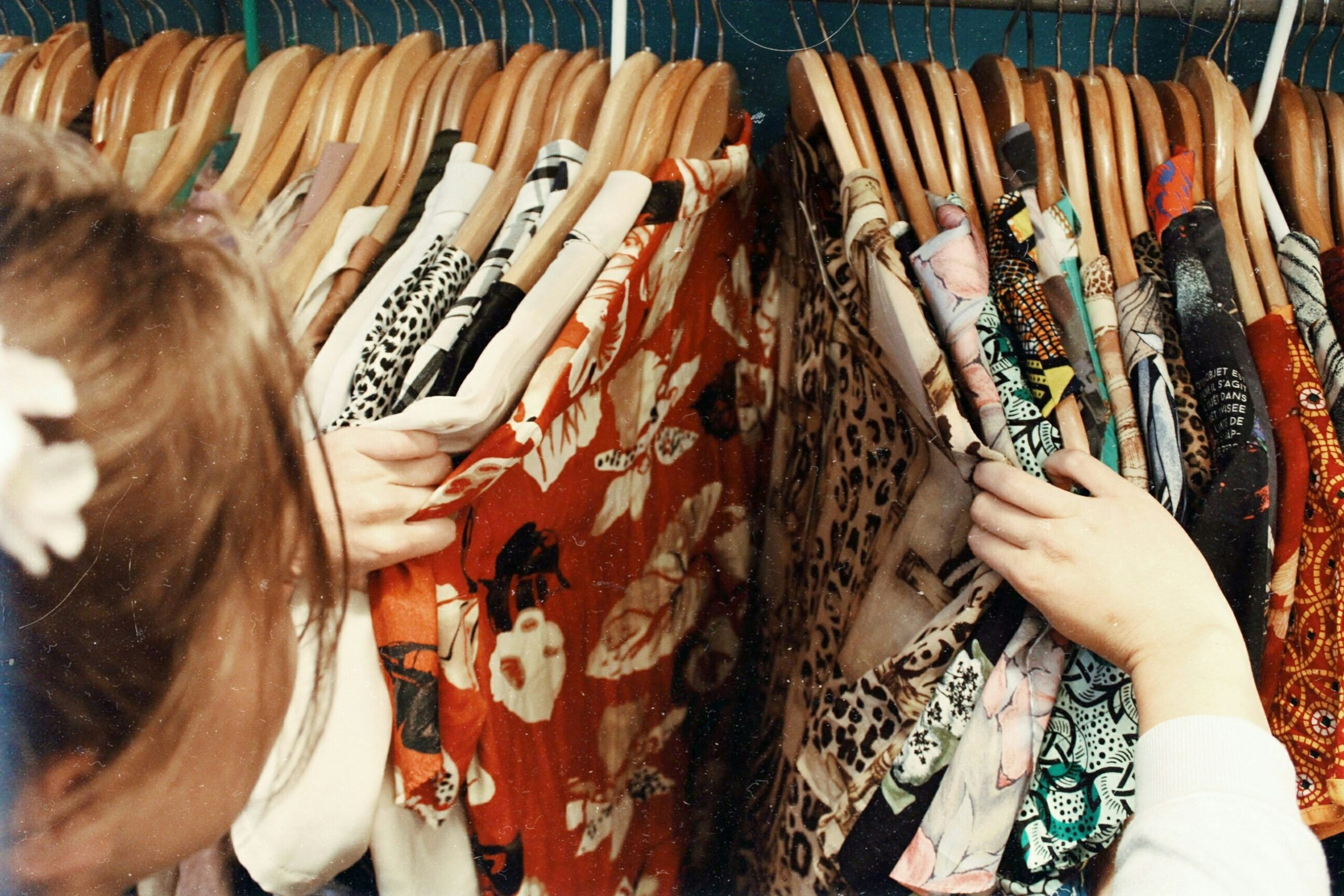Donald Trump has entered his second presidential term with an “America First” trade agenda that’s already upending global supply chains. But for fashion, turning “Made in America” ambitions from a sound bite into a reality is far from simple.
Brands across the industry have been talking about bringing manufacturing back to the country for years, motivated by a combination of mounting trade tensions, concerns over worker’s rights and sustainability, and appetite for faster, more agile supply chains. It hasn’t happened.
To be sure, some retailers are making small batches of clothing domestically, but the US can’t support high volumes of apparel manufacturing at competitive prices without major infrastructure investment and incentives from regulators.
Lost Skills
Until the early 2000s, the US was a hub for garment production. A pair of jeans might include cotton grown in the American south, spun in the Carolinas, and cut and sewn in California. But loosening trade rules that opened the country to imports from low-cost apparel manufacturers rapidly and drastically shrank domestic production. Factories closed, workers lost their jobs, and young people stopped learning skills like sewing and pattern-making.
As a result, brands looking to onshore today face a litany of limitations, including a shortage of skilled labour, high costs and unavailable materials.
For instance, when LA-based cool-girl brand Reformation first launched in 2009, it made most of its products in LA using deadstock fabric. But that supply chain couldn’t support the brand’s growth. Now about a fifth of its products are made in America, in part because a number of the processes crucial to the brand’s operations are not available domestically.
It’s nearly impossible for Reformation to source fabric in the US because there’s virtually no capacity to produce the woven materials that it uses to make most of its tops and dresses, said Kathleen Talbot, Reformation’s chief sustainability officer and vice president of operations. The skills needed to produce garments with complex fabrics like leather and silk aren’t readily available in LA either.
“When you look at most of the competencies available in Los Angeles, they’re less sophisticated, and they’re relatively small shops,” Talbot said. “Our suppliers in LA have an average employee count of 30. Some of our larger facilities elsewhere have thousands or more.”
Denim-maker Citizens of Humanity, which also produces in Los Angeles, has run into a similar problem. The company has spent the last few years overhauling its cotton supply chain to minimise its environmental footprint. It now sources much of the raw material for its jeans directly from US farms that apply regenerative agriculture practices to ensure cultivation practices are restorative, rather than extractive. But to turn the raw material into yarn, the cotton still has to be shipped to mills abroad, largely in Turkey and Europe.
“The US is obviously known for high-quality cotton,” said Citizens of Humanity CEO Amy Williams. “But it’s hard to find mills in the US; it’s an impossibility.”

Lost Value
Many brands that have looked to add manufacturing capacity in the US in recent years have done so in order to improve their supply chain flexibility and get products to market more swiftly. Even so, those efforts are typically underpinned by support from much larger factories overseas.
The majority of US-based apparel producers have fewer than five employees, while comparative factories in Bangladesh and Vietnam have as many as 2,000, said Sheng Lu, a professor of fashion and apparel studies at the University of Delaware. Saitex, a Vietnam-based denim manufacturer, opened a factory in Los Angeles in 2021 to give brand partners the ability to keep up with fast-moving social media-driven trends and quickly test consumer appetite for new washes and styles with small-batch drops. If, for example, a brand needs 5,000 units immediately, those can be produced in LA. But if the product is successful and a bigger order gets placed, that’s produced in Vietnam, where land and labour are cheaper and capacity is greater.
“The model works because we’re built into the back-end in Vietnam,” said Saitex CEO Sanjeev Bahl. “That allows us to offshore some of the higher-cost operations… We keep the model really light here.”
Reformation similarly leans on the LA factory it owns and operates for speed and agility. Still, large-scale production runs are handled overseas.
“If you want to be a sourcing destination for US brands and retailers, you need to have the capacity to serve them,” Lu said.
Lost Investment
Natalie Chanin, who helped pioneer the concept of locally made slow fashion in America, says a lack of value and investment in the skills needed to produce garments and other basic necessities makes it difficult to find the workforce she needs to run her company. In the almost 20 years she’s owned Alabama Chanin, the brand she operates vertically in Florence, Alabama, the business environment hasn’t become any more friendly to domestic production.
“If we can’t produce things like food, clothing, and shelter for ourselves In America, to me that’s a matter of national security,” Chanin said. “Our work as an organisation has been to try to find ways to keep those training pathways alive, to keep skills alive. But it’s going to take a substantial investment and rethinking of how we train, value, and build supply chains to bring more production back.”
Adding scale will require a mix of government incentives, investment in infrastructure, and private sector buy-in, none of which are currently happening on a large scale.
“Sometimes I think it’s a fantasy; it’s delusional to have conversations about scaling without the infrastructure,” Bahl said. “You need a blueprint and you need incentivisation.”
New Opportunities
Lu noted that one of the most promising new avenues for American apparel manufacturing may be clothes made from unwanted textiles. California recently passed a law that will require brands to fund infrastructure that prevents old clothes from winding up in landfills. That could inspire innovation around upcycling and recycling.
Several textile-to-textile recycling startups are building their first large-scale plants in the US. Even so, any recycled raw materials they produce will likely end up getting shipped abroad to be spun into fabrics and sewn into products unless the manufacturing landscape in the country drastically changes.
Shifting trade winds could also alter the economics of apparel manufacturing. Rising tariffs have already prompted many brands to diversify their sourcing away from China. Even so, high costs and limited capacity mean America is hardly most brands’ first choice as a replacement.
“‘Made in the USA’ won’t disappear, but I don’t think tariffs will fundamentally change it,” Lu said. “Asia is a balanced sourcing destination that can meet demand for many factors: capacity, speed-to-market, minimum order quantity.”
That means companies that want to manufacture in America need to find other ways to entice consumers and justify higher prices.
“If you cannot compete on being cheap in the US, you have to serve the consumers who care about the supply chain, or want to support the local community,” Lu said. “The goal is not simply to grab sourcing orders from Asia.”








